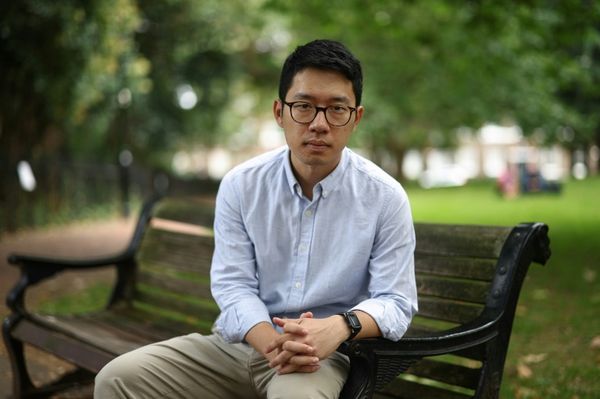
During the peak of the Omicron outbreak, people in New South Wales faced record-long wait times for ambulances and delays to treatment in emergency departments, according to new data.
The health system was under stress as non-urgent elective surgery was suspended and the government relaxed most public health restrictions in the first quarter of 2022, the latest Bureau of Health Information (BHI) quarterly report has shown.
The report, which covers the period of January to March, looks at how the health system coped with the thousands of daily Covid cases during the Omicron wave.
It shows that during the first quarter of the year there were 734,704 attendances at NSW emergency departments.
In that same period, on average, it took 15.7 minutes for an emergency ambulance to arrive once called, the longest wait time result the BHI has reported.
The number of people admitted to hospital from emergency fell 15.6% from pre-pandemic levels, and those people generally waited longer, although a majority were seen within 30 minutes.
One quarter of people waited four hours or less but one in 10 waited longer than 18 hours and 29 minutes in emergency – a rise from 13 hours and 24 minutes before the pandemic.
At the start of January the number of Covid patients admitted to hospital had risen to 120 each day, and by the end of the month hospital occupancy was above 95%.
Non-urgent elective surgery requiring an overnight stay was suspended from 10 January and resumed in a staged manner in February.
In that quarter, 38,493 elective surgeries were performed across the state and almost all urgent elective surgeries (99.1%) were performed on time.
Some 326,544 ambulance responses were made during the period, up 6.1% from before the pandemic.
Demand for ambulances has been steadily increasing over the past five years, and a record number of highest priority cases were attended.
Ambulances took 8.8 minutes to arrive to the highest priority calls on average, the longest response time since 2010.
Only 60.2% of responses for high priority calls were reached within the benchmark 10 minutes, the lowest result since 2010.
‘Losing ground on almost every target’
The Australian Medical Association says the report reveals all parts of the public hospital system are under strain and reform and sustained funding are needed to avert the looming healthcare crisis.
“What is really disturbing is the long-term trend that we’re seeing in terms of escalating numbers of patients needing treatment and the health system’s diminishing ability to meet that demand,” the AMA NSW president Michael Bonning said.
“We’re losing ground on almost every target,” Bonning said.
Public hospitals performed more than 20,000 emergency surgeries during the quarter, which were not included in the BHI report, but were often the most critical surgical procedures.
In March 2022, 100,980 people were waiting for elective surgery, close to the peak of 101,024 in mid-2020, with some 18,627 longer than recommended.
Demand for elective surgery did fall 27.8% from pre-pandemic levels.
One in 10 patients who underwent non-urgent surgery had been waiting longer than one year and 100 days.
Susan Pearce, the secretary of NSW Health, said the latest BHI report highlighted some of the impacts of the pandemic.
“We acknowledge the Omicron Covid-19 outbreak had an impact on the timeliness of care provided in our hospitals and by NSW Ambulance during this most challenging of quarters,” Pearce said.
“We have never seen a period like it before, from the huge volume of Covid-19 cases to the thousands of furloughed staff, and I want to thank the community for their understanding and patience as we faced the many challenges that came our way.”
Pearce said emergency departments across NSW remained under significant pressure because of high numbers of Covid-19 cases and now a surge in flu cases, which were also causing ongoing staff unavailability.
Pearce said patients in emergency were always triaged and seen according to the clinical urgency of their condition.







